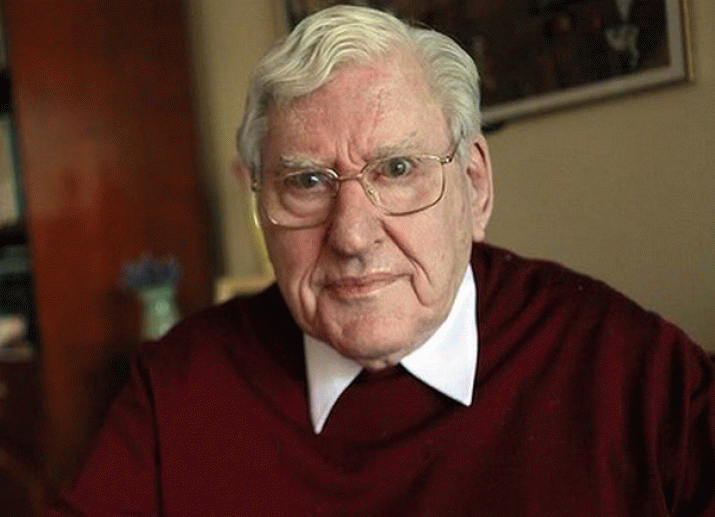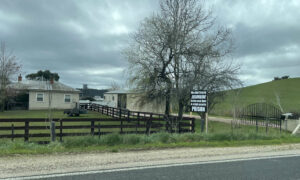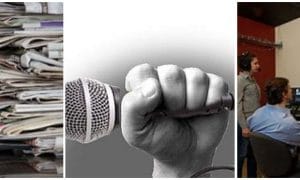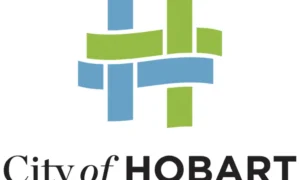This is the seventh extract from Our Corrupt Legal System by legal historian Evan Whitton. The story so far: English common law began in 1166 in a culture of total corruption in the public sector, and went downhill from there. Extorting judges and their lawyer-bagmen formed a cartel. Soon after 1215, European countries adopted a truth-seeking (inquisitorial) system. In 1219, a few corrupt English judges rejected truth as the basis of justice. Since about 1350, lawyers have been the “dominant interest” in English-speaking legislatures, thus making it impossible to change to a justice system.
Origin of the adversary system
The adversary system is defined as a system in which evidence is controlled by lawyers. That is, by people versed in sophistry, a technique of lying.
Academics tell law students the adversary system is the best system of justice, but few, if any, know when and how it began. There is no entry for ‘adversary system’ in J.H. Baker’s An Introduction to English Legal History. Professor John Langbein wrote in The Origins of Adversary Criminal Trial:
… we know relatively little about the conduct of civil trials before the 19th century. The law reports tell us about pleading, about decisions on issues of law, and about the post-verdict review of trial outcomes, but they do not tell us much about how civil trials actually transpired.
Some academics place the beginning of the adversary system in the 18th century, when lawyers began to get control of the criminal process, but lawyers had control of the civil process much earlier.
If you control the evidence, you control the money. Lawyers started getting control of a section of evidence called pleadings in 1460, and judges did not stop them. What follows comes mainly from Pleadings – Sacrificing the Sacrosanct by a Perth barrister, Nicholas Mullany (BCL Oxon) for the West Australian Law Reform Commission in 1998.
Written pleadings are now the first step in the civil process, but were the second last step when barristers pled orally before a judge, much as they do today in France and Germany. Cambridge law professor Frederic Maitland (1850-1906) said the lawyers and the judge ‘licked the plea into shape’, presumably in an hour or two. Sir William Holdsworth described the process in A History of English Law (the third edition, 1923):
… the debate between opposing counsel, [was] carried on subject to the advice or the ruling of the judge … Suggested pleas will, after a little discussion, be seen to be untenable; a proposition to demur will, after a few remarks by the judge, be obviously the wrong move. The counsel feel their way towards an issue which each can accept and allow to be enrolled. If the issue was a question of fact, the matter was then ready to go before a jury.
Lawyers began to get control of evidence when they started sending written pleadings to each other, thus cutting the judge out of the first stage of the process. Professor Holdsworth said the first record of a paper (written) pleading was in 1460.
Sir John Prisot (d.1460), Chief Justice (1449-60) of the Common Pleas suggested, perhaps with his dying breath, that written pleadings would make it easier for lawyers to lie. He said:
It is not the practice to put in such papers when the party is represented by counsel without pleading them at the bar openly; for if this be allowed we shall have several such papers in time to come which will come in under a cloak, and matter which a man’s counsel will not plead [openly] can be said to be suspicious.
Professor John Baker says that ‘by Charles I’s time [1625-49]’ oral pleadings were ‘a thing of the past’. Sir John Prisot’s suspicion proved correct; US law professor E. R. Sunderland wrote in 1937:
The great weakness of pleading as a means for developing and presenting issues of fact for trial lay in its total lack of any means for testing the factual basis for pleaders’ allegations and denials. They might rest upon the soundest evidence, or they might rest upon nothing at all. The parties could assert or deny whatever they chose. But whether the pleadings represented fact or fancy was something with which the rules of pleading had nothing to do.
Judicial corruption in Tudor England
Of the Tudor period (1485-1603), Justice James Thomas, of the Queensland Court of Appeal, wrote in Judicial Ethics in Australia (Law Book Company, second edition 1997):
With few exceptions, all officials (including judges) were … corrupt. [Cardinal] Wolsey [Henry VIII’s Lord Chancellor 1525-29] received gifts and in turn bribed others … In those days [judges] considered it proper to receive gifts or bribes from one or both parties and yet thought they could still render justice.
Justice Thomas notes that in 1554 the Count of Egmont, having bribed the entire Royal Council, reported to Philip of Spain that ‘more could be done with money in England than anywhere in the world’.
A lie in 1568 by Chief Judge Sir James Dyer is the remote cause of millions of criminals escaping justice by way of the privilege against self-incrimination. His lie by omission concerned the canon (church) law on self-incrimination, which derived from a fourth-century lawyer and prelate, St John Chrysostom.
Translated from the Latin, the canon law stated: ‘Although no one is compelled to accuse himself, yet one accused by rumour is compelled to present himself to show his innocence, if he can, and to clear himself.’
Dyer omitted everything except ‘no one is compelled to accuse himself’ (nemo tenetur seipsum prodere), and used that to free an accused who refused to speak. For two centuries, however, judges ignored Dyer’s lie.
Next. Cartel corruption in the Chancery Court; origin of the criminal adversary system.


























john hayward
May 20, 2013 at 23:56
Tasmania abandoned the adversarial system some time ago in favour of the cooperative fleecing of clients by lawyers on both sides.
From the eight or so cases with which I have been involved in Tasmania, this appears to be the norm.
I have never told a lawyer I knew anything about the law, with the consequence that I have received solemn advice that was wildly spurious, some of it from eminent SCs. I can document them.
From my experience, the profession has earned its most mordant jokes.
John Hayward
Romeo
May 21, 2013 at 12:42
Lawyers have their own jokes about the profession. While Tasmanian Lawyers are regarded as the worst in Australia, Family Court Lawyers are regarded as the lowest of the low. Oh, to be a Tasmanian Family Court Lawyer, the worst of the lowest.
Rob Walls
May 21, 2013 at 17:07
@2 …but don’t Tasmanian politicians from the law profession rank even lower than family court lawyers?
Greg James
May 22, 2013 at 17:13
#1. I received such idiotic advice from Peter Evans, before he became a Justice, that I sued him and his company; at the time Butler McIntyre Butler. I eventually reached a settlement some 4-5 years later where the case had been purposely delayed proceeding to the Supreme Court, were it would have been heard. I came to the belief that it was purposely delayed by the Supreme Court and other lawyers so as to avoid embarrassment of the court and Evans.
The delays in civil cases reaching the court, did not match mine at the time.
The settlement was in the order of 5 figures and was also presented with an apology and bottles of wine.